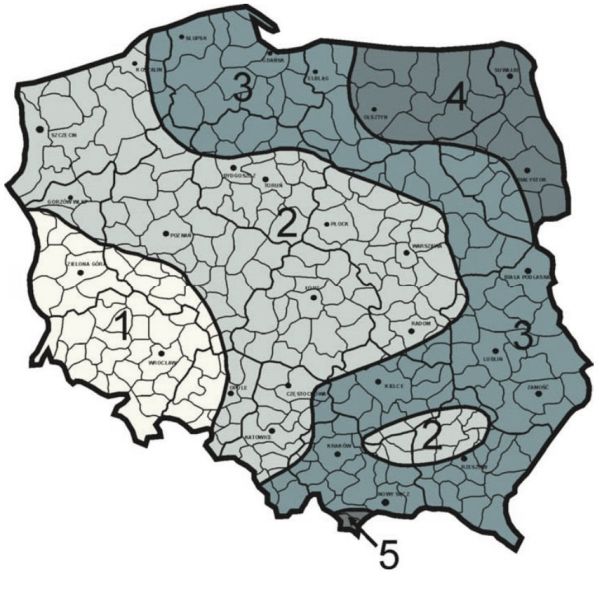Customers often ask us why mounting the mast is more expensive than the truss itself. They look suspiciously when we say that a standard eye nut is not suitable as a guy handle, and a chimney or firewall are the worst places to anchor ropes. Let's look at the forces that the mast introduces into the building.
Basically, the ropes have a pull-out effect (the greater the area of the antennas on the mast and the windage of the structure itself). These forces, together with the initial tension of the ropes, act on the mast shaft, driving/pressing it to the roof surface. Let's look at a few examples taken from static calculations prepared for our clients:
| Mast type | Height | The force that pulls out the anchor | The force driving the mast into the roof |
| M500 | 16 m | 480 kg | 1100 kg |
| M1000 | 24 m | 1300 kg | 2900 kg |
| M1000 | 28 m | 3700 kg | 4000 kg |
| M500 | 50 m | 3800 kg | 4500 kg |
| M750 | 28 m | 2000 kg | 3500 kg |
There are some interesting conclusions or questions arising from the values quoted:
- Even for a small and generally standard mast, often installed on old buildings, i.e. M500-16 - the anchor pulling force reaches 500 kg... a standard M12 cast eye nut can transfer a maximum of 340 kg of force, but only in the axis, which is the case when the masts are anchored in basically does not occur. The load at an angle of 45 degrees drops to 240 kg. So we see that we do not have any strength reserve, but rather the risk of tearing off the ear in a more serious storm. Another question - can half a ton of load overturn a chimney - often consisting of a pile of damp and eroded bricks with crumbling mortar? Our experience shows that this can happen easily.
- Is it safe to place M500-16, e.g. on a non-supported rafter, or directly on a sandwich panel on the roof of the hall, in a random place, if we realize that our mast will introduce a point load of over a ton in the place of its location? We have seen such cases and we have seen masts that "fell inside".
- The example of the above-mentioned M1000 masts shows how quickly the forces increase with the height and windage of the structure, and how they are differentiated by the additional load from the antennas (the 28-meter one was designed for 1 m2 of antenna area more than the 24-meter one). The difference in tearing... almost three times. Moreover, the values themselves are impressive... nearly 4 (!) tons of pulling power. Let's imagine that we plan to hang two off-road vehicles on the planned anchor - this gives an idea of the scale of forces.
- You can see why we almost never ask about the number of antennas you plan to install on the mast, but we often pester you about their surface area. Considering the vertical force in the mast shaft is counted in tons, several dozen additional kilograms in the mass of the antennas are practically irrelevant, but the additional surface quickly increases the forces, and these differences are counted in tons and not in single kilograms.
The quoted values give food for thought - now you can see why we choose the location of the mast on the building with such care, and why it cannot be a random point on the roof. The loads we are talking about easily tear thin screeds on flat roofs, break decades-old ceiling beams, and demolish fire walls. Often, adapting the building to absorb the planned loads means installing steel anchor structures on two floors of the building, using chemical anchors and generally major construction works. In other cases, when we are dealing with a poured ceiling, a roof point supported by a load-bearing wall and easy access to the tie beam - even a large mast can be installed with a moderate effort. This diversity of situations generates a huge range of prices for preparing anchoring on the roof of a building, and does not allow us to answer the question how much the installation will cost without a site visit and/or design.

